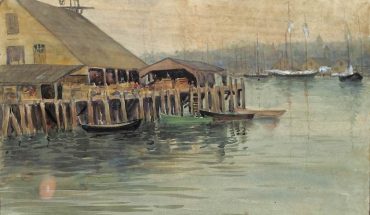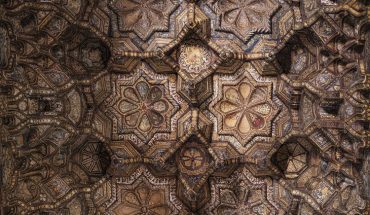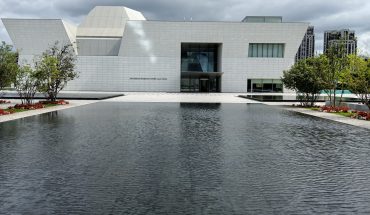While in-person cultural experiences have been disrupted during the past two years, it is remarkable to note the resilience and creative solutioning that has emerged throughout the pandemic to afford societal access to the arts.
We have witnessed the innovative employment of technology to recast how we interact with art, music, and drama, which, for me, is a silver lining during these tough years. In museums, for example, we now have exciting interactive offerings – for both in-person and remote access to artifacts and lectures – that leverage new visual, auditory, and sensory technologies and thereby elevate our cultural experiences.
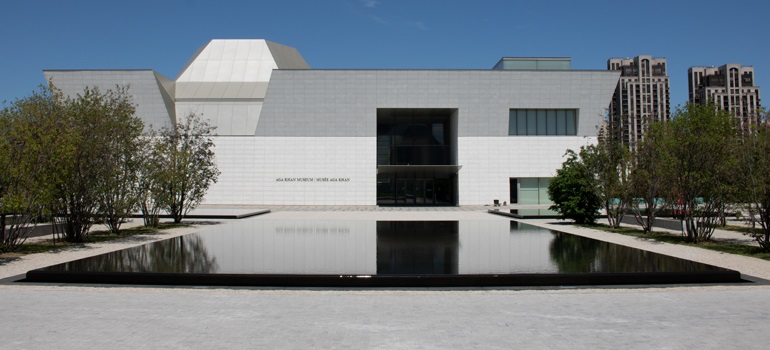
Image courtesy Tyler Jorge
The Aga Khan Museum in Toronto has an ambitious and innovative slate of interactive programs designed to foster intercultural understanding and pluralism across differences, highlight interconnections between diverse cultures, and showcase breath-taking artistic creativity as a unique catalyst for topical conversations onsite and online.
Cultural and national respect and understanding is something all of us are thinking about currently.
Established and developed by the Aga Khan Trust for Culture (AKTC), The Aga Khan Museum fosters a greater understanding and appreciation of the contribution that Muslim civilizations have made to world heritage while often reflecting, through both its permanent and temporary exhibitions, how cultures connect with one another.
Opened on April 9 and running until September 5, 2022, IMAGE? The Power of the Visual looks at the timeless and powerful role of images in projecting ideas of power, spirituality, ideals, and identity across cultures and over centuries. The digital experience is available now.
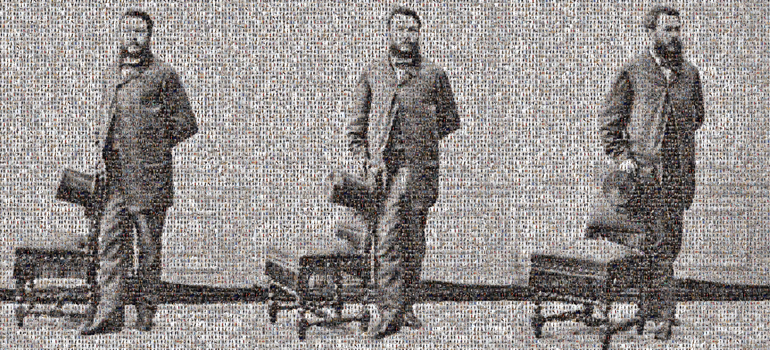
Rashid Rana – TOGETHER ALONE
Showcasing centuries-old artifacts alongside up-to-the-minute contemporary works, including a crowdsourced selfie installation by renowned Pakistani artist Rashid Rana, the exhibition aims to remind us that images and “image” have always preoccupied humanity, with much time, thought, resource, and artistic creativity traditionally spent on getting their appearance and messaging just right – facts often forgotten today in the age of the smartphone, capable of taking hundreds of thousands of images in its lifetime.
“IMAGE? is vitally relevant today because it calls on viewers to pause and reflect on the power of images to influence our impressions, understanding, and opinions in the context of an increasingly complex, interconnected world,” stated Dr. Ulrike Al-Khamis, the Museum’s Director and CEO. “We hope visitors will come away with a deeper appreciation of the diverse uses of images and their important role in visualizing human concepts like power, ideals or identity across time, with the visual medium at the same time also a site of rich intercultural dialogue and artistic cross-fertilization.”
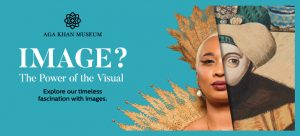
The IMAGE? exhibition will be accompanied by a host of public programming, including a new talk series inspired by its key themes and hosted in partnership with Massey College in Spring and early Summer.
From April 15 to June 5, the Museum will present, in partnership with Toronto Biennial of Art, A Romance of Many Dimensions, an installation — inspired by the ancient sport of cockfighting — by renowned Canadian Iranian artist Ghazaleh Avarzamani.
Comprised of eight chair-like structures topped with traditional baskets used to hold game cocks before being released for a fight to the finish, the exhibition explores the causes and complexities of man-made conflict and control systems, a timely parallel to current world events.
Avarzamani invites visitors to consider the implications of the individual’s role in the face of division, conflict, and control, reflecting also on how ultimately everyone is complicit and invested in “the game,” either as a passive spectator or, indeed, an active participant.
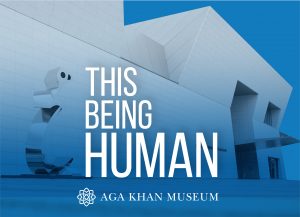 2022 also marks the launch of the second season of the Museum’s ground-breaking interview podcast This Being Human. Hosted by award-winning journalist and educator Abdul-Rehman Malik, This Being Human celebrates the diversity and wide-ranging impact of changemakers deeply engaged with what it means to be Muslim. Confirmed guests for Season 2, which is being presented in partnership with TVO, include, among others, Canadian-born NASA scientist Farah Alibay, Little Mosque on the Prairie creator Zarqa Nawaz, and author Fariha Róisín, whose upcoming book Who is Wellness For? tackles representation, inequity, and greed in the Instagram-era wellness industry.
2022 also marks the launch of the second season of the Museum’s ground-breaking interview podcast This Being Human. Hosted by award-winning journalist and educator Abdul-Rehman Malik, This Being Human celebrates the diversity and wide-ranging impact of changemakers deeply engaged with what it means to be Muslim. Confirmed guests for Season 2, which is being presented in partnership with TVO, include, among others, Canadian-born NASA scientist Farah Alibay, Little Mosque on the Prairie creator Zarqa Nawaz, and author Fariha Róisín, whose upcoming book Who is Wellness For? tackles representation, inequity, and greed in the Instagram-era wellness industry.
“When we originally developed This Being Human, we wanted to tap into the power of podcasting to foster connection through tightly woven and, dare I say, beautiful conversations,” says Dr. Al-Khamis. “With Season 2, we aim to continue amplifying voices and stories that will chime with listeners and might even inspire them to take action themselves in contributing towards a better, more harmonious world, post-pandemic.”
The Museum will continue to expand its curriculum-linked Education offerings, including virtual tours, curriculum resources, and professional-development tools, with a focus on building out programs for secondary school teachers and students. A new collaboration with the Peel District School Board will include the offer of bilingual Arabic-English student tours and workshops.
Last fall, over a three-day period during Islamic Heritage Month alone, a record-breaking 12,000 students participated in carefully themed, virtual tours of the Museum’s renowned collection of Islamic art and artifacts.
Working with schools is central to the Museum’s mission of contributing to a more inclusive, pluralistic world, be it in Canada or globally
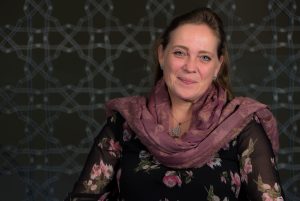
Dr. Ulrike Al-Khamis, Aga Khan Museum Director & CEO.
“Teachers need quality resources that help them to celebrate and empower the diversity they see in front of them in their classrooms,” said Dr. Al-Khamis. “The sooner educators feel comfortable to engage their students in a safe, constructive dialogue about how our differences may actually bring things to the table that make communities more creative, inventive, and indeed stronger, the better-equipped society will be to take on the challenges of the 21st century.”
The continued development of innovative curricular resources and educational initiatives around pluralism and global citizenship will focus on addressing the needs and interests of learning audiences at a time where issues such as climate change, racism, and global unrest “are very much on people’s minds,” added Al-Khamis. “We aim to help address some of these big issues through the medium of arts and culture.”
One example of how the Museum couples its renowned Islamic art collection with the big issues of today is the “Birds” Permanent Gallery rotation, in which previously unseen Museum Collection objects are showcased.
The innovative installation will include historical Islamic artworks, 19th-century watercolours by two English sisters observing birds in Southern India on loan from McGill University, and a contemporary art installation by Turkish artist Hakan Topal, contemplating bird migration as a metaphor for human migration, both impacted existentially in the face of strife and conflict. The displays in the Permanent Gallery will be further enriched by bird-watching tours, starting in the gallery before moving outside to the Aga Khan Park, where one might spot cardinals, robins, and Canadian geese – a sure sign of spring and a city waking up post-lockdown.
“It’s a wonderful feeling to welcome our communities back into the Museum and feel the energy of both staff and visitors interacting, having conversations, sharing in new hope, and imagining brighter futures through the arts,” reflected Al-Khamis.
More on Museums

